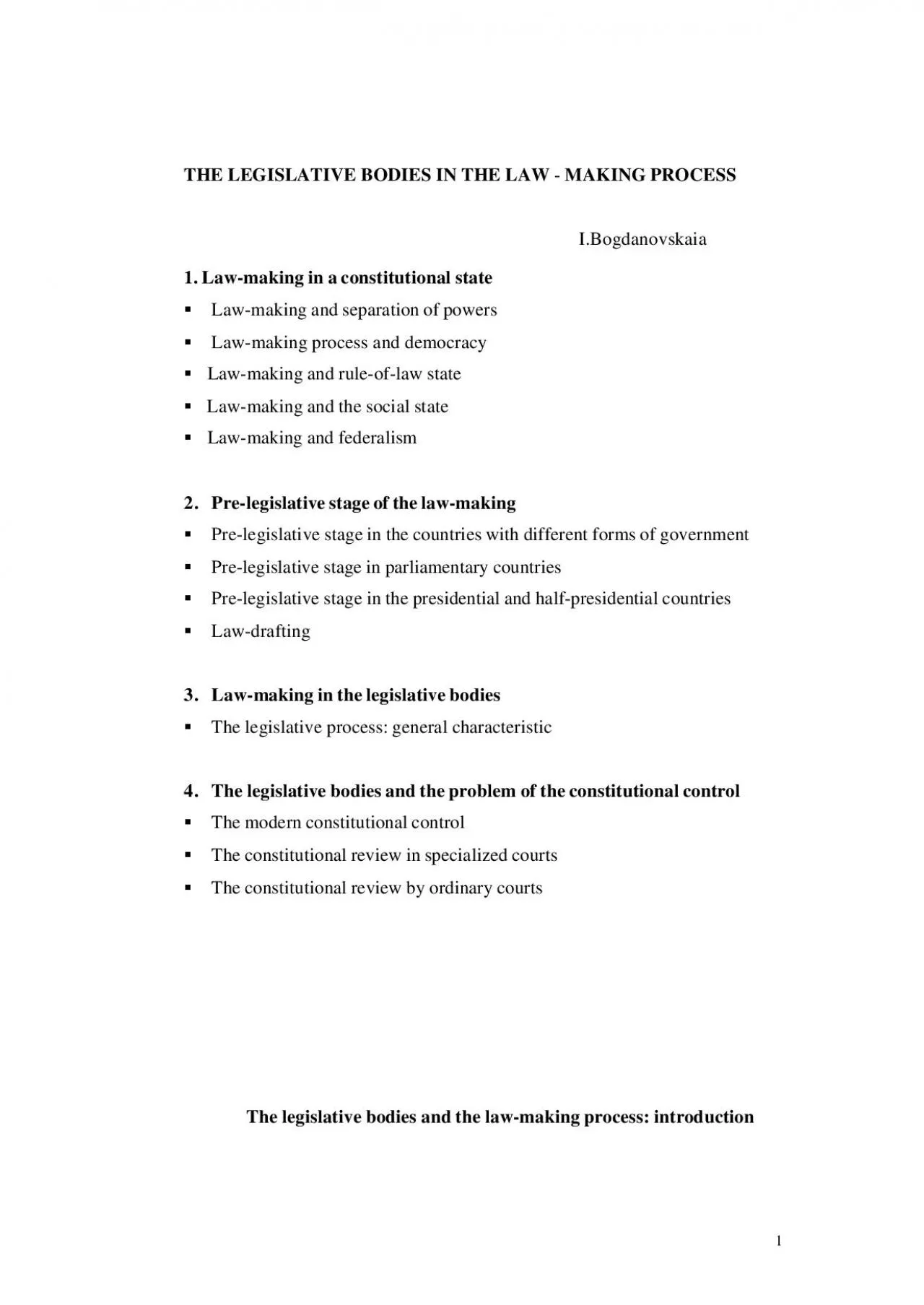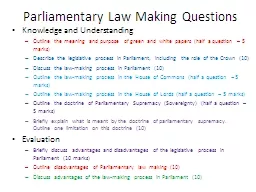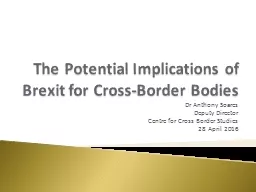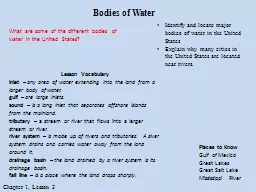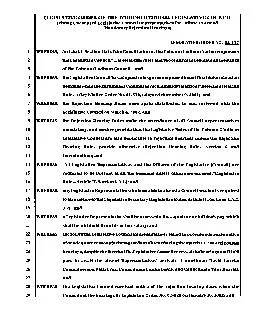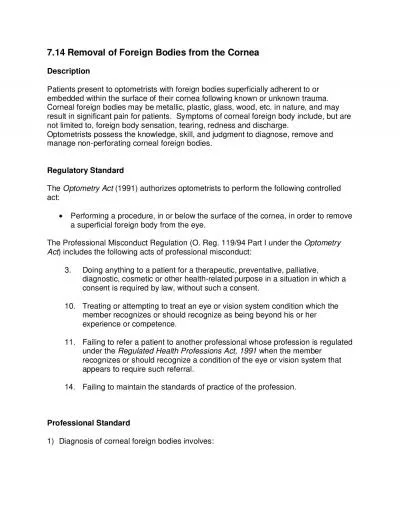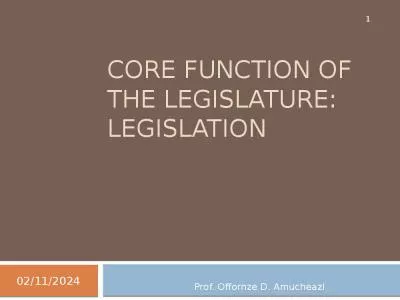PDF-1THE LEGISLATIVE BODIES IN THE LAW MAKING PROCESS
Author : faith | Published Date : 2022-10-28
2General characteristic of the lawmaking process Lawmaking process is a form ofthe state activity intended on the creation or revision of the legal norms The term145law146
Presentation Embed Code
Download Presentation
Download Presentation The PPT/PDF document "1THE LEGISLATIVE BODIES IN THE LAW MAKI..." is the property of its rightful owner. Permission is granted to download and print the materials on this website for personal, non-commercial use only, and to display it on your personal computer provided you do not modify the materials and that you retain all copyright notices contained in the materials. By downloading content from our website, you accept the terms of this agreement.
1THE LEGISLATIVE BODIES IN THE LAW MAKING PROCESS: Transcript
Download Rules Of Document
"1THE LEGISLATIVE BODIES IN THE LAW MAKING PROCESS"The content belongs to its owner. You may download and print it for personal use, without modification, and keep all copyright notices. By downloading, you agree to these terms.
Related Documents

